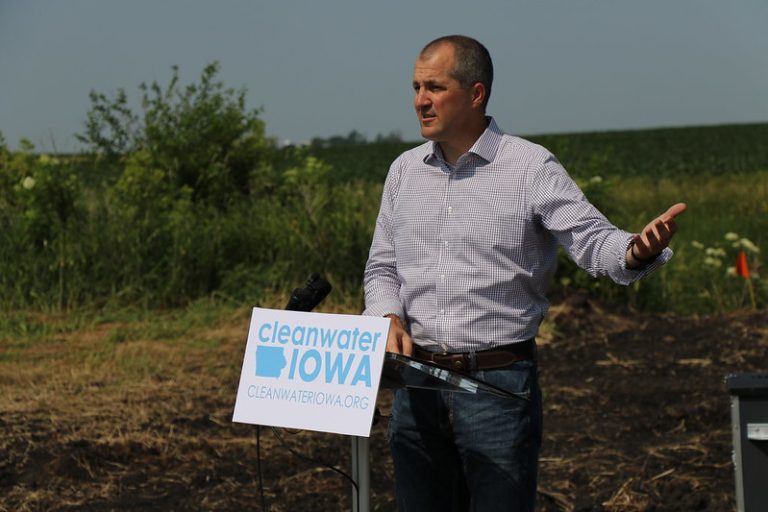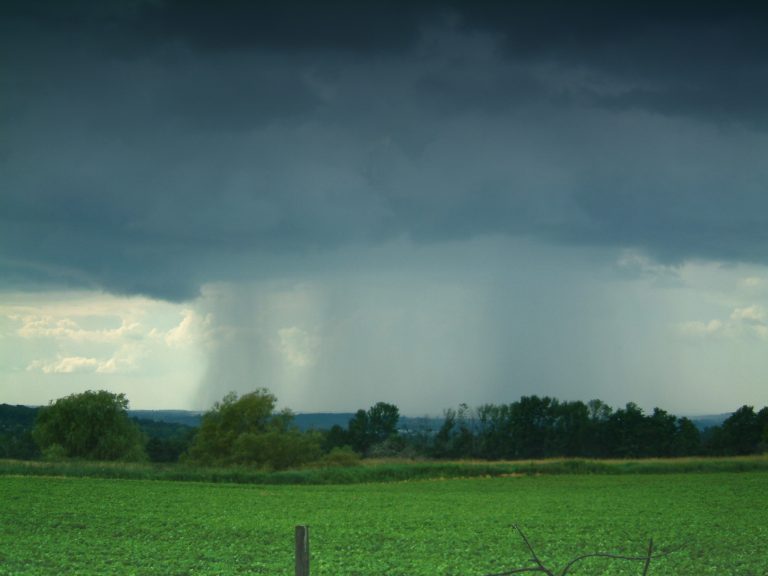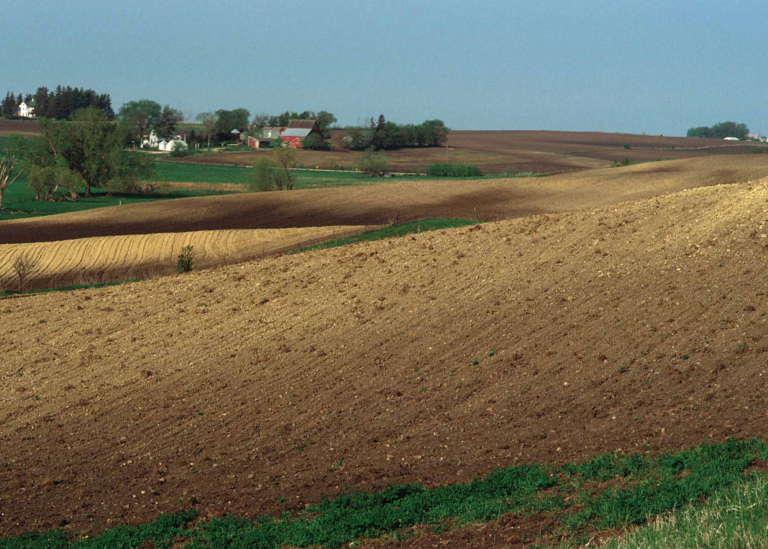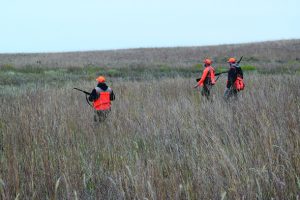IARN — By this time of the growing season, farmers may think they’ve done all they can to feed their crop. However, Brian Gardener, Ag Spectrum Technical Director, says there’s another step to ensure you are maximizing your crop’s potential.
Gardener says early season applications simply set the plant up for a good start, and more can be done from there.
“A good foliar fertilizer will help build a more active root system to better support grain and pod fill. Fertilizers are simply supplements to natural soil fertility, which can be thought of as nutrients being made available through the action of root-fed soil microbes. After flowering, determinate plants like corn will largely stop producing roots. So, if we can make that plant want to grow roots, while not taking energy away from its reproductive potential, we’ll want to do that. And an easy way to tell if your foliar feeding regime is doing any good is to go out and dig roots in the field. You should be able to see ample new root growth, indicated by white roots, within 3-4 days of a foliar application.”
Gardener says foliar feeding is a supplement that, if formulated and timed properly, can fortify the plant against various stresses, improve pollination, and promote new root growth.
“Foliars are not just some extra nitrogen or potassium, and sometimes side dress nitrogen is referred to as a foliar feeding, but it’s not. As the plant completes flowering and pollination, it has fulfilled its needs for green growth and is now ready to produce grain and that’s where the energy will focus. As it goes through the reproductive phase, the plant still needs nutrients and water. And the best way to bring those of those into the plant is through a robust and growing root system. Grain and pod fill happens when temperatures are hot, soil moisture is short, and the plant can benefit significantly from a nutritional boost that includes key micronutrients like Calcium, Iron, Manganese, Zinc and Boron. For Farmers using the Maximum Farming System, they’ve already done the work of getting the robust root system. And we’re now helping the plant along and encouraging it to grow more roots, so it has access to that nutrition and water through grain and pod fill.”
Learn more at maximumfarming.com.
Story courtesy of the Iowa Agribusiness Radio Network
Photo courtesy of Maximum Farming by Ag Spectrum











